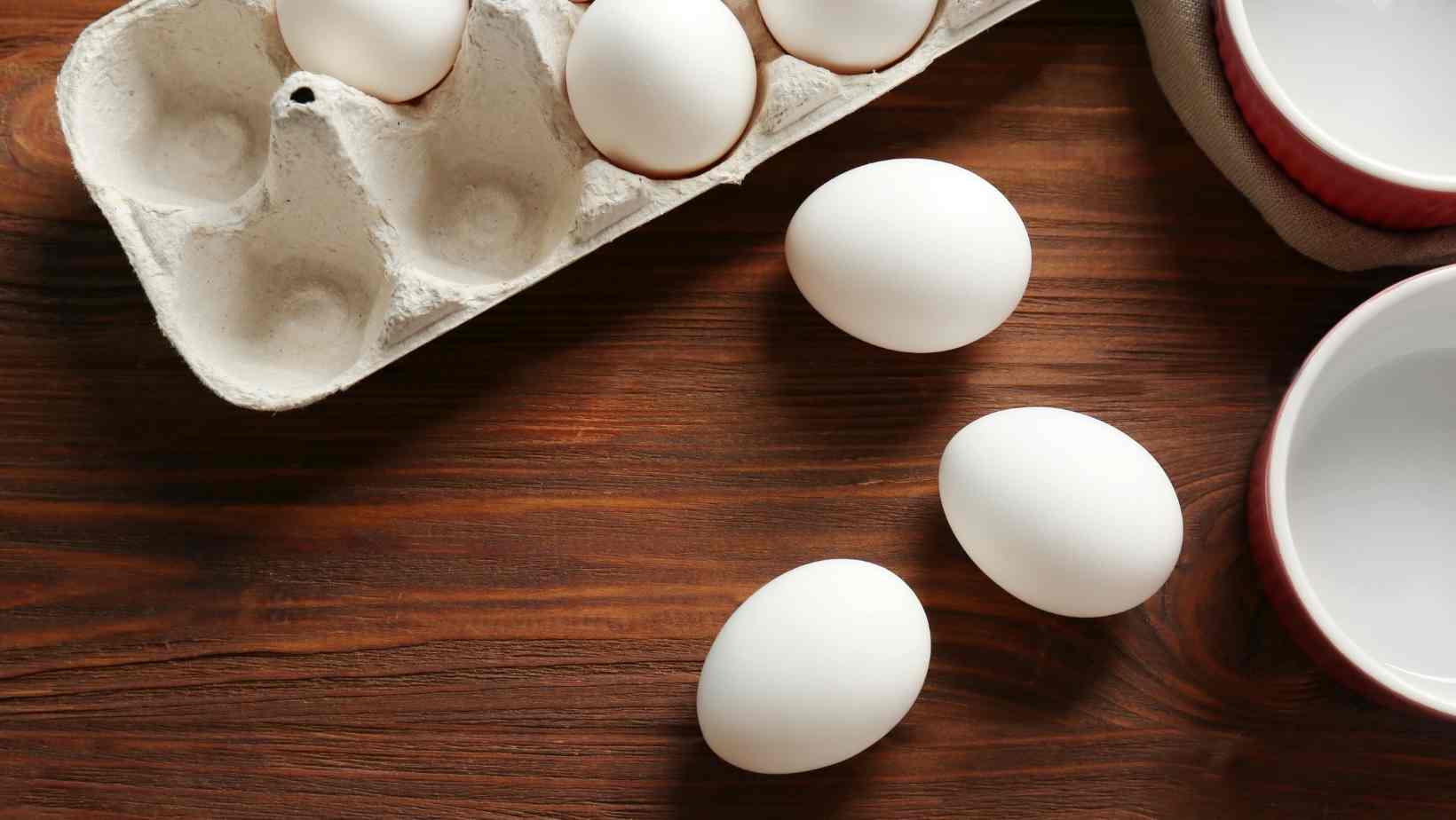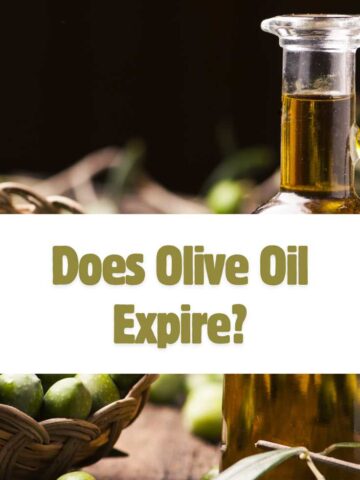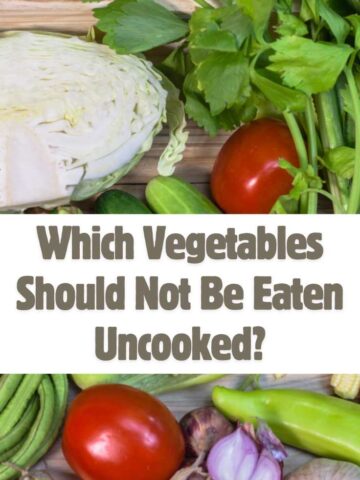The terms "convenience" and "processed" are often used to describe foods with little nutritional content. However, not all of these packaged foods are extremely processed, devoid of vitamins, or heavy in saturated fat, salt, or added sugars. (These foods are referred to as "hyper-processed" in technical terms.) In reality, a select set of healthy packaged goods simplifies the preparation of nutritious dishes.
"Having a pantry and freezer stocked with healthy foods that have a longer shelf life than fresh foods and are quicker and easier to prepare is especially beneficial as we get older," says Alice Lichtenstein, D.Sc., the Gershoff Professor of Nutrition Science and Policy at Tufts University. Cooking for smaller homes becomes simpler and waste is reduced as a result (due to not using fresh foods fast enough). You'll also have more selections on hand for days when poor weather prevents you from going shopping.

"If prudent decisions are made, the nutritional quality of certain 'processed' meals may be comparable to, if not better than, the nutritional quality of fresh foods," argues Lichtenstein. This includes frozen goods, which allow you to use exactly what you need and shelf-stable items, which reduce the need for frequent supermarket excursions. Here are our top eight healthy packaged foods: All of these factors make changing your diet a more realistic objective.
1. Canned or Boxed Tomatoes
Tomatoes contain lycopene, an antioxidant that has been linked to a lower risk of heart disease, some malignancies, and perhaps strokes. A study of over 1,000 middle-aged men revealed that individuals with the highest blood levels of lycopene were 55 percent less likely than those with the lowest levels to suffer a stroke.
Although slicing tomatoes is simple, tomato products frequently contain more lycopene. When they are heated during processing, the lycopene is concentrated, making it simpler for the body to absorb.
In addition, processed tomatoes have a lower salt content than jarred tomato sauces. A half-cup of Muir Glen Organic diced tomatoes, for example, has 200 mg of salt, whereas a half-cup of the brand's tomato basil sauce contains 310 mg.
What to do with them: Sauté in a little olive oil with a smashed garlic clove, then add leafy greens like spinach or kale and beans, or top with an egg.
2. Canned Salmon
Wild-caught salmon makes up the bulk of salmon in cans and pouches. Wild salmon is only available during certain seasons, and fisheries catch more than they can sell fresh. So much of it goes into frozen or shelf-stable products. The advantage is that canned salmon is less expensive, and wild salmon has less calories and saturated fat than farmed salmon.
To make it, combine it with spaghetti, a handful of greens or frozen vegetables, and a dollop of pesto or olive tapenade. Use it in the same way you would canned tuna.
3. Prepared Pesto
Pesto may not appear to be a healthy food with 130 calories and 13 grams of fat per 2-tablespoon serving. However, the majority of the fat comes from olive oil and pine nuts, making it a healthy unsaturated fat. Along with the basil, cheese, and garlic, these key components provide a lot of taste and disease-fighting potential.
Basil, for example, is high in vitamin K, which helps to create strong bones. (Ask your doctor whether too much basil will interfere with the efficacy of a blood thinner you're taking.)
According to a 2017 analysis of 33 research published in the journal Nutrition & Diabetes, increasing your olive oil consumption by 10 grams per day (about three-fourths of a tablespoon) may reduce your risk of getting type 2 diabetes by 9%.
How to use it: Because a tiny quantity of pesto goes a long way in terms of taste, it's a fun and unique flavoring option. It's great on chicken, fish, whole grains, and roasted vegetables.
4. Precooked Packaged Grains
According to a 2016 research published in the British Medical Journal, eating three servings of whole grains each day (rather than none) may reduce the risk of heart disease and stroke by roughly 20% and 12%, respectively.
However, boiling them from a dry condition takes time, and it's tough to make precisely the correct quantity for one or two people without having leftovers, resulting in large servings or an overflowing trash can.
Precooked grains like farro, quinoa, and others may be ready in a matter of minutes. They're available frozen or in shelf-stable microwaveable bowls or pouches. Buying variants without added salt rather than seasoned kinds is preferable since seasoned items might contain a lot of sodium.
What to do with them: Make your own power bowl by combining the following ingredients: Serve with some fast stir-fried vegetables and cooked chicken on top of the grains. (See also Consumer Reports' frozen grain bowls review.) For a nutritious breakfast, remove some from the packet and microwave in a dish with some fruit, cinnamon, and milk. Alternatively, add grains to a salad or soup to add bulk.
5. Packaged Hard-Boiled Eggs
While boiling eggs isn't very time-consuming, getting them exactly perfect may be difficult. Overcooking the yolks may result in green-tinged yolks and an unpleasant odor, and peeling them can be a pain. Precooked eggs solve these issues while still providing protein and being low in saturated fat. They also include lutein and zeaxanthin, antioxidant and anti-inflammatory substances that may aid in the prevention of age-related macular degeneration. For healthy persons, the cholesterol in eggs is unlikely to have a major impact on blood cholesterol levels.

What to do with them: Serve egg salad over whole-grain bread, slice and toss eggs with salads, or cut and mix asparagus with eggs. As a main or side dish, combine eggs with cooked potatoes, olive oil, and curry.
6. Frozen Legumes
Beans are usually a good choice. They're a good source of resistant starch, a prebiotic fiber that bacteria in the stomach utilize to make short-chain fatty acid molecules, which may help prevent colon cancer and other health problems. Furthermore, legumes are nutrient-dense and filling due to their combination of protein, fiber, and vitamins.
Although canned beans are handy, the sodium content fluctuates. A half-cup of canned chickpeas, for example, may contain up to 470 mg of salt. That's over a fourth of the maximum daily amount suggested by the USDA's Dietary Guidelines for Americans. Frozen beans provide the same convenience as canned legumes but without salt. Furthermore, you can take out as much as you need, heat it up, and eat it right away—no salt, no waste.
Use them in salads and soups after defrosting them in the microwave, or mix them with grains or pasta. Along with scrambled eggs, serve black beans with diced tomatoes and onion. Mash chickpeas with tahini (sesame-seed paste), lemon juice, olive oil, garlic, and spices to serve as a spread over sturdy whole-grain bread; top with lettuce and tomato. Or for a nutritious snack, put defrosted chickpeas in oil, season with your preferred spices, and roast until crispy.
7. Nut Butters
There are many wonderful prepared choices available if you don't want to ground your own nuts to guarantee a good, healthful spread for your sandwich. Simply check the ingredients list on your favorite nut spread to be sure it's primarily nuts. (A touch of salt is OK, but additional additions, particularly sugars or oils, should be limited.)
You may also choose from a wider variety of nuts than ever before. These spreads, whether creamy or chunky, aren't only for kids anymore, and tastes range well beyond peanut, with almond and cashew butter joining the old staple on store shelves.
Nut butter includes around 160 to 200 calories per two-tablespoon serving, but the health benefits may make up for the extra calories. Nuts (and nut butter) are filled with beneficial unsaturated fat, which helps decrease LDL (bad) cholesterol and reduce inflammation, which may help prevent heart disease. They're also high in fiber and potassium, which are both good for your heart. Perhaps this is why, according to a 30-year study of over 120,000 men and women, individuals who ate roughly one ounce of nuts every day had a 29 percent lower risk of dying from heart disease than those who didn't. And having all that goodness tucked away in a jar—and spreadable!—is so handy!
How to use them: Of course, you can always spread a tablespoon over toast or bread or add a dollop to apple slices. There are, however, other inventive possibilities. Blending a spoonful or two into your smoothie to add protein, taste (and, if it's crunchy, texture) to your morning beverage is also a good idea. A wonderful crudité dip is made by mixing a couple of spoonfuls of peanut or almond butter with warm water and Sriracha.
8. Frozen Fruit
Fruit, which ranges from blueberries to bananas, is a good source of vitamins, minerals, and cholesterol-lowering fiber. It's also excellent. The good news is that frozen fruit allows you to have your favorite fruits on hand without worrying about them spoiling before you eat them, and it's just as healthy as fresh fruit. "In terms of nutrition, fresh and frozen fruits are comparable," says Ellen Klosz, M.S., a CR nutritionist. "However, when fresh is out of season and likely to be more costly, frozen is a great choice." Check the contents list and choose frozen fruits with no added sugar.
Allowing frozen fruit to defrost slightly before blending it into smoothies is the most apparent method to enjoy it. You may, however, add it to your meals. For example, if you're roasting chicken, add pineapple or mango, or cherries to pork loin.




